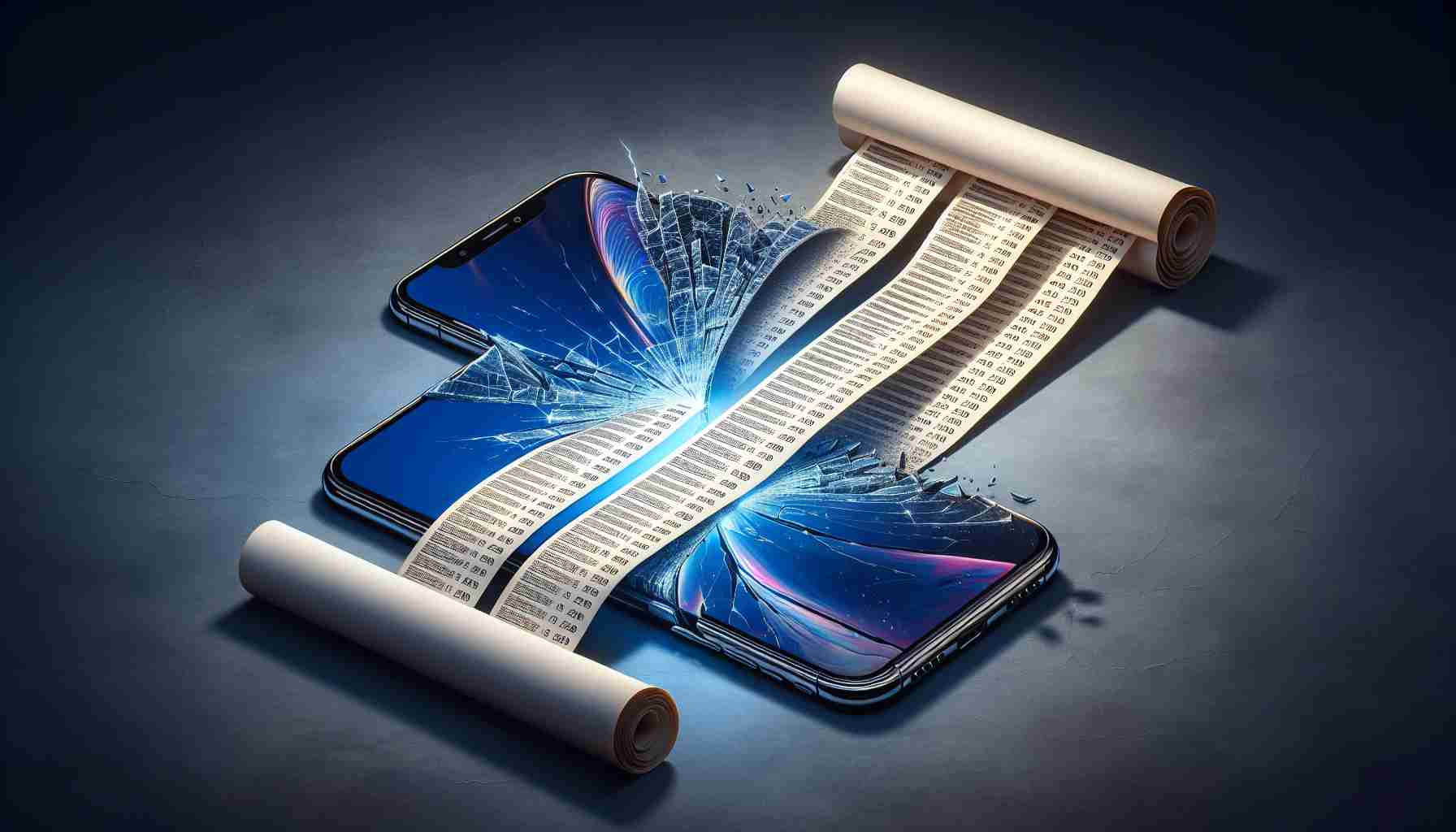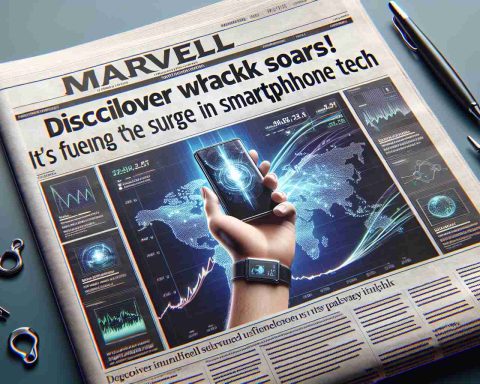In a surprising twist, the Google Pixel 9 Pro Fold, despite being more affordable on purchase than the Huawei Mate XT Ultimate, has sparked conversations due to its exorbitant screen replacement costs. Retailing at 1799 euros in Europe, Google’s Pixel foldable phone remains cheaper than Huawei’s 2550 euro flagship device, although the latter is currently available only in China.
However, the Pixel 9 Pro Fold’s screen replacement comes with a hefty price tag of 1200 dollars—almost reaching the cost of a brand-new unit. The underlying cause is rooted in the intricate design of each smartphone. While the Huawei Mate XT Ultimate offers a sophisticated tri-fold structure with a large 10.2-inch display, its ultra-thin glass lacks robust protection, making it susceptible to damage even with regular use. Despite its fragility, Huawei accommodates domestic consumers by subsidizing repair costs on home turf.
On the flip side, Google’s Pixel 9 Pro Fold has faced criticism due to its built-in complexity that renders repairs both difficult and costly. The high repair expenses are further exacerbated by Google’s tight grip on genuine replacement parts, inflating screen replacement prices significantly. This monopolistic approach effectively hinders both independent and authorized technicians from conducting affordable repairs.
This scenario highlights a concerning trend within the tech industry: the outward push for sustainability is often undermined by behind-the-scenes practices. By saddling customers with prohibitive repair costs, companies inadvertently steer buyers towards new purchases, contradicting efforts to extend the product lifecycle.
Why Your Phone’s Screen Replacement Might Cost More Than Your Phone!
The world of smartphones is dazzlingly innovative, but with new technology comes new challenges, and often, surprising expenses. While the hardware of the latest devices wows us, the costs associated with repairs can certainly cause a gasp. As the realm of foldable smartphones expands, an emerging concern is the exorbitant cost of screen replacements, exemplified by the Google Pixel 9 Pro Fold and Huawei Mate XT Ultimate. Let’s dive into some fresh insights about this growing issue and how it’s reshaping our tech-centric lives.
Impact on Consumers and Communities
Imagine dropping your brand-new foldable smartphone only to discover that fixing its screen could rival the cost of buying a new device. Such scenarios are becoming increasingly common and represent a financial burden for users. The high repair costs deter users from fixing their devices, contributing to a ‘throwaway culture’ where purchasing a new phone becomes more appealing than repairing an old one. This tendency not only strains individual wallets but also leads to increased electronic waste, with communities and the environment facing the brunt of this impact.
Intriguing Facts and Controversies
The foldable phone market is rife with fascinating developments and notable controversies. For example, while Huawei has designed the Mate XT Ultimate with its tri-fold screen to maximize viewing space, this innovation comes with a downside. The ultra-thin glass, although sleek, is considerably fragile. This design choice, while ingenious, highlights the trade-off between technological advancement and durability.
On the controversy front, Google’s approach to monopolizing repair parts for the Pixel 9 Pro Fold has stirred debate about fair consumer practices. By restricting access to genuine replacement parts, Google may be accused of inadvertently or deliberately pushing a cycle of consumption that undermines environmental sustainability goals.
Advantages and Disadvantages
Spiraling screen replacement costs unveil a slew of advantages and disadvantages within the foldable phone arena.
Advantages:
– Enhanced User Experience: Foldable phones offer a dynamic interface and rich multimedia experiences due to larger screens.
– Innovative Design: These devices are at the cutting edge of tech design, often acting as status symbols for early adopters.
Disadvantages:
– Repair Costs: The high price of repairs, similar to what we’ve discussed, diminishes consumer enthusiasm and affordability.
– Durability Issues: The inherent fragility of foldable screens can lead to frequent damages, incurring further costs and inconveniences.
Questions and Answers
Q: Are there cheaper alternatives for repair?
A: Users can explore third-party services, but this often voids warranties and risks subpar repairs due to the lack of authentic parts.
Q: How can manufacturers promote sustainability?
A: By providing accessible repair programs and genuine parts, companies can extend product lifecycles and promote recycling initiatives.
Q: Will foldable phones become more durable?
A: Technological advancements suggest future iterations may utilize more robust materials and designs, potentially reducing repair costs.
Final Thoughts
The economic and environmental implications of exorbitant smartphone repair costs are shaping the future of tech and consumer behavior. Balancing innovation with durability and affordability is crucial. As the tech industry progresses, the hope is that these issues will converge towards more eco-friendly and wallet-friendly solutions.
For those interested in exploring more about this topic, check major technology advancements on CNET and delve into innovations in consumer electronics at TechCrunch.




























